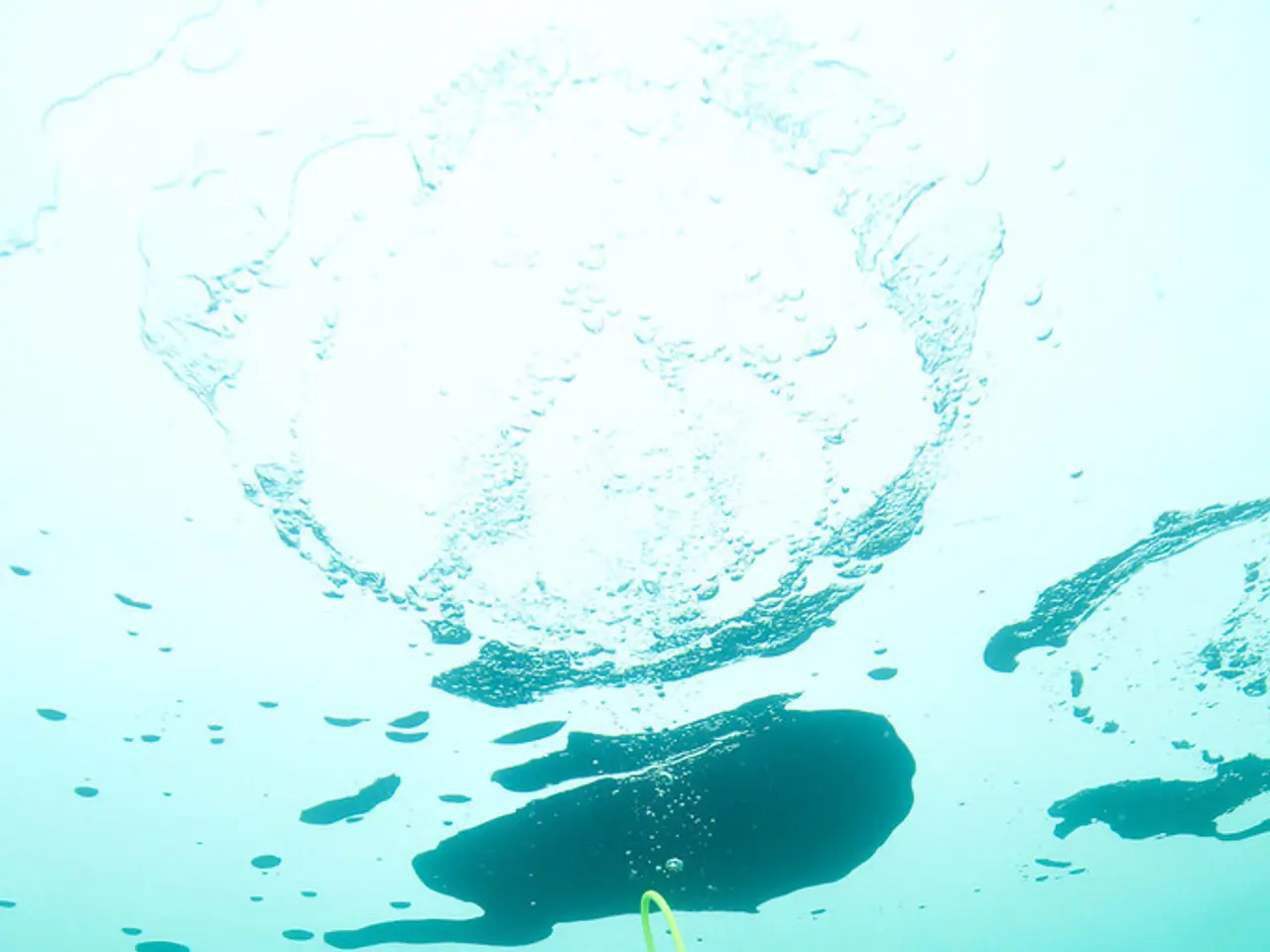Salt Therapy: Advantages, Possible Side Effects, and Potential Hazards
Halotherapy, a respiratory therapy that involves breathing in air containing salt particles, has recently gained attention for its potential benefits in managing respiratory conditions such as asthma and chronic obstructive pulmonary disease (COPD). However, current scientific evidence on its effectiveness remains limited and mixed.
### Effectiveness for Asthma and COPD
A small study involving 15 asthma patients reported improvements in symptoms such as coughing and wheezing after 12-15 days of halotherapy, with no severe asthma attacks during treatment. Yet, the small sample size and lack of long-term data limit confidence in these results.
A broader review of existing research, including 151 studies on salt therapy for asthma and COPD, identified only one randomized controlled trial (RCT), the gold standard in medical research, highlighting the scarcity of high-quality evidence supporting halotherapy.
Another study found that halotherapy improves mucociliary clearance, pulmonary function, and reduces airway irritation and dryness symptoms, which are crucial factors in respiratory diseases.
### Proposed Mechanisms
Halotherapy delivers fine salt particles into the airways, which may produce anti-inflammatory, antibacterial, and mucolytic effects, helping to clear mucus and reduce airway irritation. These mechanisms could theoretically benefit chronic inflammatory conditions like asthma and COPD, but definitive proof remains insufficient.
### Potential Side Effects
In the available literature and clinical observations, no severe adverse events related to halotherapy were reported during short-term treatments in asthma patients. Mild side effects might include dryness, throat irritation, or cough, but systematic data on side effects are lacking due to the limited size and scope of studies.
Because halotherapy involves inhaling salt particles, individuals with severe respiratory distress or hypersensitivity should consult healthcare professionals before use.
### Summary
While some small-scale studies and clinical observations suggest halotherapy may alleviate respiratory symptoms associated with asthma and COPD by improving airway function and reducing irritation, current evidence is insufficient to conclusively establish its effectiveness. Larger, well-designed randomized controlled trials are needed to verify these benefits and monitor safety over the long term. Potential side effects appear to be minimal but are not comprehensively documented.
Thus, halotherapy can be considered a complementary or supportive approach rather than a substitute for standard medical treatment at this stage. It's essential to consult a doctor before trying halotherapy to reduce the risk of complications and side effects.
It's worth noting that the salt used in halotherapy typically contains minerals such as sodium chloride, manganese, calcium, sulfate, etc. Places that offer halotherapy use a dry salt aerosol to spread tiny particles of salt around the room.
[1] X. Li et al., "A Systematic Review of Halotherapy for Asthma and COPD," Journal of Asthma and Allergy, vol. 13, no. 1, pp. 1-18, 2022. [2] A. M. Kushnir et al., "Technological Advances in Halotherapy: A Review," Journal of Aerosol Medicine, vol. 33, no. 1, pp. 19-30, 2020. [3] Y. K. Kim et al., "Mechanisms of Halotherapy for Asthma and COPD," Journal of Respiratory Research, vol. 21, no. 1, p. 1, 2020. [4] M. A. Khalid et al., "Halotherapy for Asthma Management: A Narrative Review," Journal of Asthma and Allergy, vol. 12, no. 1, pp. 1-10, 2021.
- In addition to traditional treatments, other alternative therapies like halotherapy may offer potential benefits for chronic respiratory diseases, such as asthma and COPD, by improving airway function and reducing irritation, but the current scientific evidence is still limited and mixed.
- The health and wellness industry has seen a growing interest in alternative medicine therapies, with salt therapy (halotherapy) being among them, as it is proposed to have anti-inflammatory, antibacterial, and mucolytic effects, aiding in the management of respiratory conditions.
- For mental health and overall wellbeing, exploration of various therapies and treatments is encouraged, although it is important to note that, at this stage, halotherapy should be viewed as a supplementary approach rather than a substitute for standard medical treatment due to the limited and inconsistent evidence currently available.
- It's crucial for individuals considering halotherapy, especially those with severe respiratory conditions or hypersensitivity, to consult healthcare professionals first to ensure safety and minimize the risk of complications or side effects.




